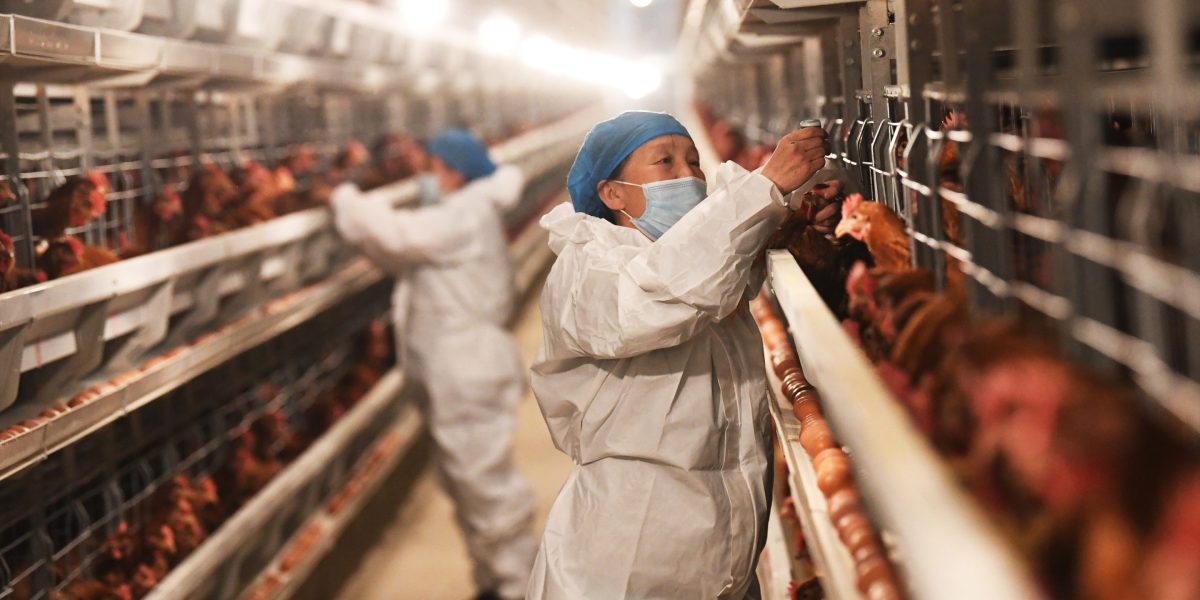India’s manufacturing sector is on the brink of a transformation. Currently contributing 14 per cent to the nation’s nominal Gross Value Added (GVA), the government aims to elevate this to 25 per cent. To achieve an annual GDP growth rate of 9.4 per cent, the sector needs to attract global players, scale up operations, and create millions of jobs.
But there’s a catch. Where will the workers live?
Manufacturing heavily relies on migrant labor, yet the lack of affordable and accessible housing near industrial hubs is emerging as a significant roadblock. Without proper accommodations, workers face long commutes, harsh living conditions, and job instability—leading to high attrition rates and low productivity.
Solving this housing challenge is critical for India’s industrial dream to succeed. Accessible, well-equipped accommodation could stabilize the workforce, improve productivity, and unlock the sector’s full potential. The question is: will India rise to the occasion and lay the foundation for not just factories, but for the people who power them?
Undermining Growth
The NITI Aayog report titled SAFE Accommodation published in December 2024 states that lack of accommodation prevents workers, particularly women, from migrating in search of better employment opportunities, thereby impacting the manufacturing sector’s competitiveness and undermining the sector’s growth potential.
Assuming that the manufacturing GDP grows at 11 per cent per annum accompanied by ~1.5 x growth in workforce productivity, by the end of 2033, the manufacturing sector should have created 120 million jobs.
Assuming that ~20 per cent of the total workforce in 2033 will prefer affordable formal accommodation if made available, India need to create approximately 25 million formal accommodation units for our manufacturing workers.
Data shows that, of the migrants who had an income before leaving their homes, 56.2 per cent noted an increase in their income. Despite clear evidence that shows improvement in livelihood through migration, as per the 2020 PLFS data, only 1.3 per cent of women migrated for better employment opportunities.
At the same time, 42.9 per cent of their male counterparts moved out of their hometowns in search of jobs. What is preventing women from migrating in search of better employment opportunities? One possible explanation may be that most migrants are not provided with adequate housing facilities.
China Example
When analyzing China’s success in creating hundreds of millions of low-skill jobs in labor-intensive manufacturing, much attention is often given to Special Economic Zones (SEZs) and the incentives provided for foreign direct investment (FDI). However, a critical yet frequently overlooked factor is the provision of affordable housing for workers, which effectively increased their real wages.
A significant number of migrant factory workers were housed in dormitories constructed by employers, typically on land allocated at no cost by local governments. Approximately 80% of the 30 million assembly-line workers in China’s SEZs are women, primarily recruited from rural areas in the interior provinces, where economic opportunities are scarce. For factories seeking to employ female migrant workers for assembly-line jobs, providing accommodation is often an integral part of the employment agreement.
Government Announcement
In the Union Budget 2024, the Finance Minister announced a significant initiative to address the need for workers’ accommodation: “Rental housing with dormitory-type accommodation for industrial workers will be facilitated in public-private partnership (PPP) mode with Viability Gap Funding (VGF) support and commitment from anchor industries.”
Graphics Source: NITI Aayog report – SAFE Accommodation, December 2024







Leave a Comment